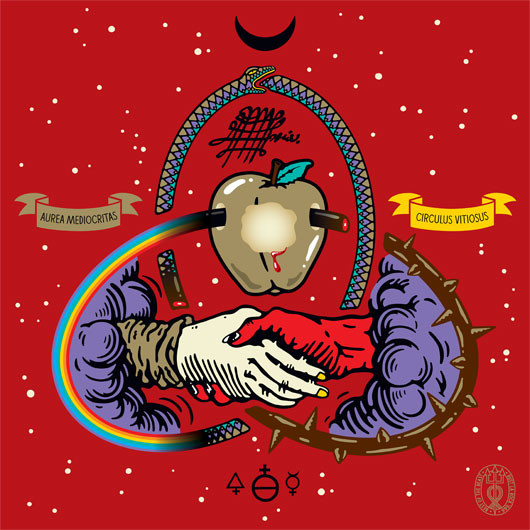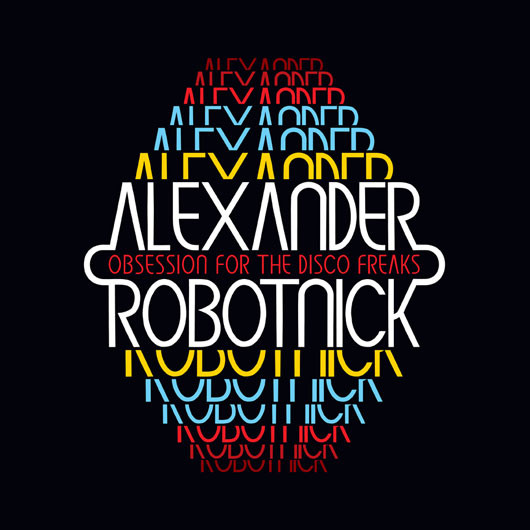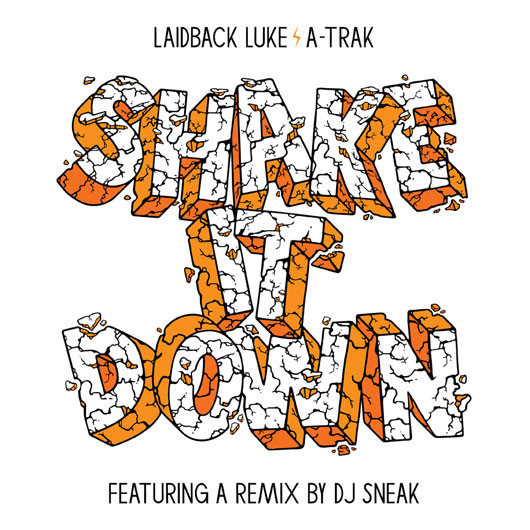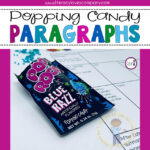Dust La Rock, born Josh Prince, was more than just a graphic designer; he was a cultural architect, whose distinctive visual language helped define the sound and image of the influential record label, Fool’s Gold. Emerging from a background as diverse as Christian private school and the vibrant energy of 90s hip-hop, La Rock’s journey to becoming a celebrated artist is a testament to his innate talent and relentless work ethic. His story, deeply intertwined with the rise of Fool’s Gold, offers a fascinating glimpse into the intersection of music, art, and underground culture in the 21st century.
La Rock’s entry into the world of design was unconventional. After moving to New York City, his initial foray into the creative industries was as a model for streetwear giant Ecko Unlimited. Recognizing his sharp wit and burgeoning artistic talent, Ecko offered him a graphic design position despite his lack of formal training. This trial by fire proved to be the perfect crucible for La Rock’s raw talent. He quickly honed his skills, his work soon adorning flyers for UK drum & bass DJ A-Sides’ Eastside imprint and the British street music magazine ATM. His radically different and eye-catching club flyers for promoter Roxy Cottontail further solidified his reputation as a designer with a unique vision. It was through Roxy that La Rock connected with Nick Catchdubs, an introduction that would ultimately lead him to become the visual mastermind behind the burgeoning Fool’s Gold Records.
 Dust La Rock in an exclusive shot, showcasing his unique personal style and creative energy.
Dust La Rock in an exclusive shot, showcasing his unique personal style and creative energy.
Fool’s Gold, co-founded by DJs A-Trak and Nick Catchdubs, was quickly becoming synonymous with a fresh, eclectic sound, blending hip-hop, electronic music, and indie vibes. La Rock’s aesthetic became the label’s visual counterpart. His designs were bold, playful, and often incorporated a touch of the esoteric, perfectly mirroring the label’s genre-bending spirit. From record covers for artists ranging from The Orb to Kid Sister, La Rock’s visual identity became instantly recognizable. His work transcended the typical record label art; it was a crucial element in building the Fool’s Gold brand and community.
Beyond album art, La Rock’s creativity extended to a diverse array of projects. He collaborated with high-end NYC jeweler Bijules to create a unique absinthe spoon, and with Kid Robot and A-Trak on a now-iconic vinyl polar bear toy. These collaborations highlight the breadth of his artistic vision and his ability to seamlessly move between different mediums and styles. His work ethic was legendary; a self-described “workaholic,” La Rock consistently pushed creative boundaries and embraced new challenges.
 Dust La Rock intensely focused on his design work, highlighting his dedication to his craft.
Dust La Rock intensely focused on his design work, highlighting his dedication to his craft.
Despite his association with the often bright and energetic image of Fool’s Gold, La Rock’s personal tastes leaned towards darker, more introspective themes. He was deeply interested in Rosicrucianism and esoteric symbolism, elements that sometimes subtly surfaced in his art. This duality – the fun-loving image of Fool’s Gold versus his own darker artistic inclinations – created a fascinating tension that fueled his creative output. He acknowledged this contrast, noting that while he personally gravitated towards darker themes, he also understood the desire of audiences to dance and enjoy themselves, a sentiment perfectly embodied by the Fool’s Gold ethos.
His art show, Best of the Beast, held at NYC’s Christopher Henry Gallery, offered a glimpse into this darker side. The show’s title, coined by San Francisco DJ Vin Sol, hinted at the devilish undertones present in some of his work. La Rock openly acknowledged the influence of “Satanic shit” and Nazi mystic society logos in his art, revealing a fascination with the darker corners of history and symbolism. This exhibition demonstrated the depth and complexity of his artistic vision, showcasing work that went beyond the party-centric vibe often associated with Fool’s Gold.
 Dust La Rock's "Tetra" artwork, showcasing his signature blend of bold graphics and intricate detail.
Dust La Rock's "Tetra" artwork, showcasing his signature blend of bold graphics and intricate detail.
Musically, La Rock’s tastes were equally diverse and eclectic. He cited Throbbing Gristle, The Rolling Stones, and Grand Wizard Theodore among his recent listens, showcasing a wide-ranging appreciation for music spanning genres and eras. This broad musical palette undoubtedly influenced his design work, allowing him to create visuals that resonated with a diverse audience. His understanding of music culture was intrinsic to his success in creating compelling visual identities for musicians and record labels.
The Grateful Bear toy, a collaboration with A-Trak and Kid Robot, exemplifies La Rock’s playful yet edgy aesthetic. Originally a character from A-Trak’s website, La Rock reimagined the bear, adding his signature “twist,” including a subtle nod to psychedelic culture. This project, which took two years to perfect, demonstrates La Rock’s meticulous attention to detail and his commitment to creating truly unique and memorable pieces.
 Dust La Rock's "Golden Mean" artwork, exemplifying his use of symbolism and geometric patterns.
Dust La Rock's "Golden Mean" artwork, exemplifying his use of symbolism and geometric patterns.
La Rock drew inspiration from a wide range of sources, from 60s and 70s Japanese artists like Keiichi Tanaami and Tadanori Yokoo to iconic figures like Sir Peter Blake and Serge Gainsbourg. His diverse influences, combined with his unique personal experiences, shaped his distinctive style, often compared to artists like So-Me and Parra. However, La Rock, with characteristic self-assuredness, embraced his individuality, famously quoting Dali: “Each morning when I awake, I experience again a supreme pleasure—that of being Dust La Rock.”
Dust La Rock’s legacy extends far beyond his impressive portfolio. He helped shape the visual landscape of contemporary music and underground culture, leaving an indelible mark on the aesthetic of Fool’s Gold and beyond. His work continues to inspire designers and artists, a testament to his unique vision, tireless dedication, and the enduring power of his creative spirit. While the term “Fools Gold Rock” might playfully allude to the label’s name and perhaps the sometimes deceptive allure of fame and fortune in the music industry, Dust La Rock’s contributions to Fool’s Gold were undeniably genuine and invaluable, solidifying his place as a true visionary in the world of graphic design and music.
 Dust La Rock's "Robotnick" artwork, showcasing his dynamic and vibrant style.
Dust La Rock's "Robotnick" artwork, showcasing his dynamic and vibrant style.
 Dust La Rock's "Shake It Down" artwork, demonstrating his use of bold lines and expressive characters.
Dust La Rock's "Shake It Down" artwork, demonstrating his use of bold lines and expressive characters.
 Dust La Rock's "Congo Rock" artwork, highlighting his diverse artistic influences and techniques.
Dust La Rock's "Congo Rock" artwork, highlighting his diverse artistic influences and techniques.
